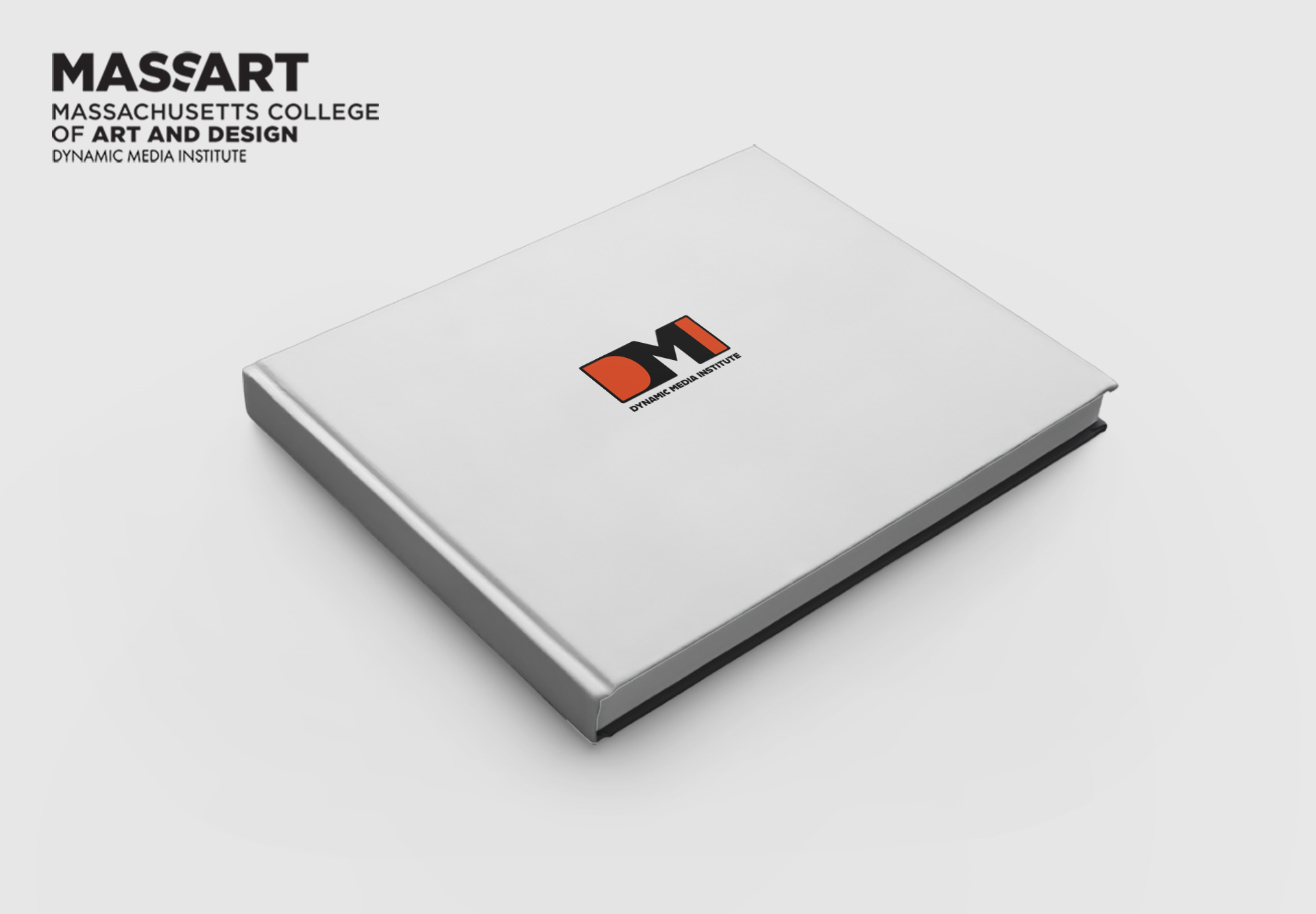Elaine Froehlich, MFA ’10
thesis abstract
Paul Klee dedicated his life to the study and teaching of motion. “Ingres is said to have created an artistic order out of rest. I should like to create an order from feeling and, going still further, from motion.” (Klee, 5 of preface). The Thinking Eye documents his explorations from simple to complex studies of motion in a lifetime of progress toward an order created from motion.
The human brain is hard-wired for motion. Our physiology has evolved systems and organic structures that instinctively respond to motion, particularly organic motion. Using motions in computing devices inspired by the natural world will create deeper, more emotionally engaging experiences.
The natural state of interaction with digitized information includes motion. New environments and new concepts in computing, multiple user environments, streaming data, layers of interaction or interconnected mobile devices need new, unique strategies for interaction, including the use of motion.
I propose that motion in interface is programmed performance. I’m studying motion in order to understand and use it as a component in the design of digital interfaces. My research explores motion from several perspectives with the goal of understanding fundamental qualities of motion, building a taxonomy to describe motion used in the 2-dimensional, framed space of a screen. The resulting research, experimentation and documentation will define a language for motion in interface.


